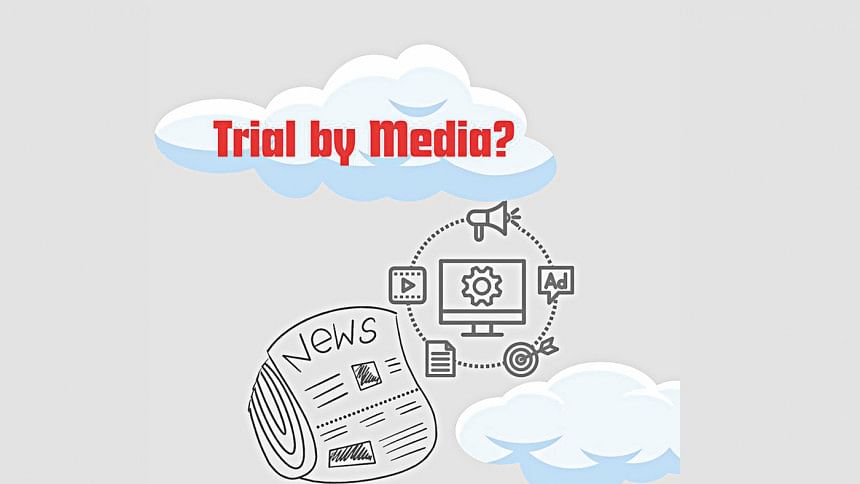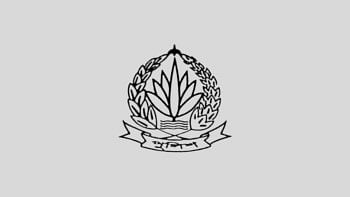Media exposure and presumption of innocence

The practice of publicly displaying the faces of accused individuals in the presence of media has been longstanding. While the idea is to enhance transparency, deterrence, and public safety, it remains of utmost significance to ponder the potential repercussions of such public exposure on the rights and welfare of the concerned accused individuals. Within a legal system that embraces and entrenches the principle of presumption of innocence until proven guilty, it becomes particularly significant to scrutinise this practice from a standpoint that prioritises the protection of the accused.
The principle 'innocent until proven guilty' emphasises the importance of not pre-judging an individual's guilt based on accusations alone. Nevertheless, when the faces of accused individuals are publicly revealed during the media coverage, this fundamental principle gets negatively tweaked. By exposing the accused to public scrutiny before presenting them in the court, the risk of prejudicing public opinion against them, and potentially influencing the trial itself, increases manifold.
Disclosing the identities of accused individuals can give rise to unforeseen outcomes that impede the accused individual's right to obtain a just and fair trial, paving way for, what is referred to as 'trial by media', wherein public sentiment overrides legal processes. This jeopardises the trial's credibility because indeed, the portrayals by the media cast a shadow over all those associated with the criminal justice system.
The emotional and psychological well-being of the accused constitutes another pivotal facet demanding thoughtful scrutiny. The act of publicising someone as an accused individual prior to establishing guilt can carry far-reaching implications. This exposure places the accused in a position susceptible to stigma, societal detachment, and emotional strains. Negative societal reactions, harm to interpersonal connections, and obstacles in securing employment, even in the event of eventual proof of innocence, can ensue. These outcomes have the capacity to significantly impact the mental health and overall life satisfaction of the accused, magnifying the difficulties encountered by them as they maneuver through complicated legal processes.
The practice of revealing faces of the accused can disproportionately impact vulnerable populations, such as the adolescents. Juvenile offender laws exist to protect the identities of young accused individuals precisely because their rehabilitation and future prospects should not be hindered by premature exposure to the media. Long-term consequences of early stigmatisation can have lasting impacts on a young individual, leading to a cycle of social exclusion and missed opportunities for growth.
Efforts to find the delicate equilibrium between the objectives of law enforcement and safeguarding rights of the accused have resulted in the development of legal schemes that limit the media's capacity to reveal the identities of individuals under accusation. Indeed, laws related to juvenile offenders also acknowledge that the lasting welfare of young individuals should not be jeopardised by untimely exposure to media reporting.
In sum, the act of publicising accused individuals introduces multifaceted ethical and legal predicaments. While the aspiration for openness and communal security is reasonable, it remains crucial to uphold the tenets of fairness and impartiality. The potential repercussions of manipulating public sentiment, undermining fair trials, and affecting the emotional welfare of the accused necessitate thorough contemplation. Striking a balance between the necessity of sharing information and safeguarding the rights of the accused should stand as a crucial priority for any legal framework dedicated to ensuring justice and upholding respect for the dignity of all parties implicated.
Zakaria Islam Student of law, Independent University Bangladesh.

 For all latest news, follow The Daily Star's Google News channel.
For all latest news, follow The Daily Star's Google News channel. 



Comments